One way to enhance your car’s performance is by installing a cold air intake system. But do you know about the cold air intake pros and cons?
Cold air intakes are designed to funnel cooler air into your engine, which can help increase horsepower and fuel economy.
However, there are some potential drawbacks to using a cold air intake (CAI) system, so it’s important to understand the pros and cons before deciding.
In this blog post, we’ll take a look at the cold air intake pros and cons in your car. By the end of this post, you will know whether or not a cold air intake is the right modification for you and your car.
[amazon table=”2810″]
What's in this post?
What Is a Cold Air Intake And How Does It Work
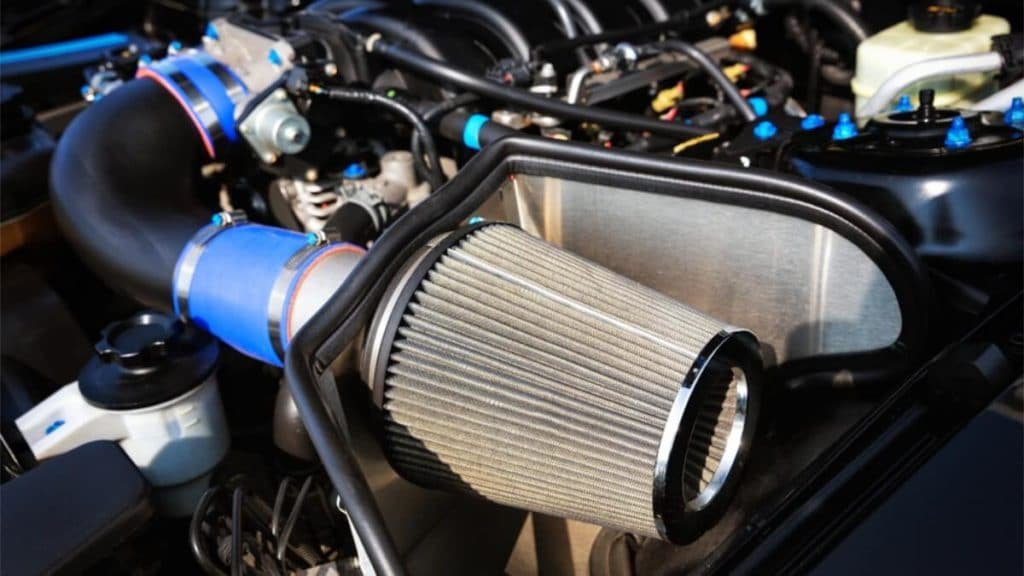
Let’s learn about the terms before we get into the cold air intake pros and cons.
A cold air intake is an aftermarket engine modification that allows for increased airflow into the engine.
The air is typically cooler than the air in the engine bay, which results in a denser air-fuel mixture. This can lead to increased power, efficiency, and improved throttle response.
Cold air intakes work in a few different ways but provide a more direct path for air to enter the engine.
In some cases, this may also involve moving the air filter’s location to a more ideal spot.
Cold air intakes are a popular modification for many car and truck enthusiasts, and they can be found in various sizes and styles to suit different needs.
Cold Air Intake Pros and Cons Breakdown
Here comes the main part of cold air intake pros and cons. Below is our detailed review of installing a cold are intake for your car.
The Pros Of Installing a Cold Air Intake
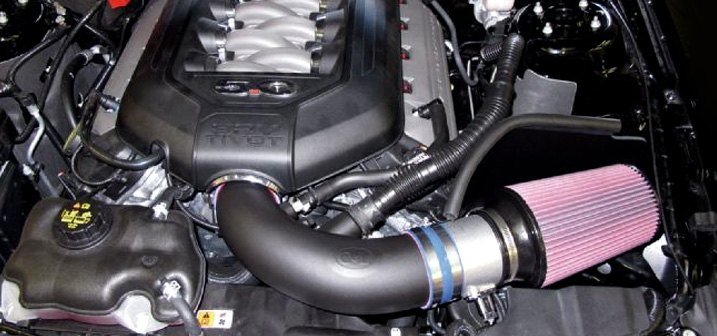
A few notable advantages to installing a cold air intake in your car exist.
Increased horsepower
One of the biggest benefits is that it can lead to increased power and performance.
A cold air intake is an aftermarket addition to a vehicle that increases horsepower and torque by bringing colder air into the engine.
The colder air is denser than, the warmer air in the engine bay, so it contains more oxygen.
More oxygen in the cylinders means more fuel is being burned, which leads to more power. We have an article explaining how much horsepower a cold air intake adds if you need further information.
Improve fuel economy
Many motorists are interested in improving fuel economy, and cold air intakes are often mentioned as a potential solution.
Cold air intakes can also improve fuel economy by helping the engine run more efficiently. In some cases, you may see an increase of 2-5 MPG.
The basic idea is that a cold air intake will allow the engine to run more efficiently by providing colder, denser air. This can lead to better combustion and improved mileage.
While there is some debate over how effective cold air intakes are, a few potential benefits could make them worth considering.
For one thing, they are relatively inexpensive and easy to install. In addition, they can improve horsepower and acceleration, making your car more fun to drive.
Ultimately, whether or not a cold air intake is right for you will depend on your specific needs and goals.
But you’re looking for a way to improve your fuel economy. In that case, it’s worth researching whether this modification could help you reach your targets.
It does not require any major modifications
One of the great things about cold air intakes is that they are relatively easy to install. You can do it in 30 minutes with just a few basic tools.
And because they don’t require any major modifications to your car, they won’t void your warranty.
So if you want to improve your car’s performance without spending much money or voiding your warranty, cold air intakes are a great option.
Faster Throttle Response
A cold air intake can also lead to a faster throttle response. When you hit the gas pedal, this is the time it takes for the engine to respond.
A cold air intake provides a more direct path for air to enter the engine, which can lead to a quicker and more responsive throttle.
Driving in city traffic or on back roads can be especially beneficial.
The Cons Of Installing a Cold Air Intake
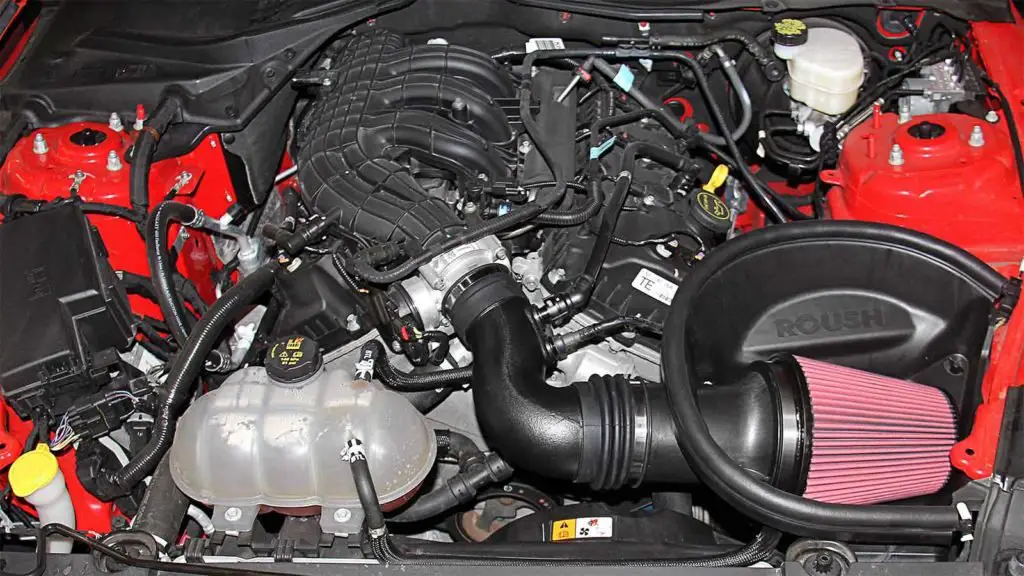
While a cold air intake can improve your car’s performance, there are some potential drawbacks.
Filter replacement is more often
One disadvantage is that the filter must be replaced more often than stock, exposing it to more dirt and debris.
Depending on the type of filter used, this can be a relatively simple and inexpensive process.
Mass Air Flow sensor problem
In addition, a cold air intake can sometimes cause problems with the Mass Air Flow sensor, leading to decreased fuel efficiency.
The Mass Air Flow (MAF) sensor measures the amount of air flowing into the engine so that the fuel injectors can provide the correct amount of fuel.
When you install a CAI, the colder, denser air can confuse the MAF sensor and cause it to miscalculate how much fuel to inject.
As a result, your engine may run too lean, which can cause misfires, loss of power, and eventually damage the engine.
Suppose you suspect your CAI is causing MAF sensor problems. In that case, you should take it to a qualified mechanic for diagnosis and repair.
Keep out of water
If you live in an area with a lot of rain or snow, you’ll need to keep your air intake from getting wet, as this can cause water to enter the engine and cause serious damage.
The moisture will cause the filter to degrade and clog, restricting airflow and damaging the engine.
In addition, water can also damage the sensors and electronics that are vital to the proper functioning of a cold air intake.
As a result, it is important to ensure that the air filter on a cold air intake is always dry and free of moisture.
Noisy
The intake fan can create a high-pitched whistling sound. In some cases, this noise can be minimized by adding sound-damping material to the intake ductwork.
However, it is also possible to reduce noise simply by selecting an intake designed specifically for your car model.
Taking these factors, you can help ensure your cold air intake produces the performance gains you desire without creating excessive noise.
Engine stumble
Cold air intakes can sometimes cause the engine to stumble or hesitate, especially at low speeds or idle.
When the engine is running, the intake provides a steady airflow. The cold air intake disrupts this flow, causing turbulence and forcing the engine to work harder. As a result, the engine may stumble or stall.
In addition, the cold air intake can cause an engine knock, which is a knocking or pinging sound that occurs when the air-fuel mixture in the cylinders detonates too early. Engine knock can damage the engine and reduce its efficiency.
For these reasons, it is important to be careful when choosing a cold air intake for your vehicle. Consult with a professional to find one that will not cause these problems.
Cold air intakes offer potential performance gains but may only be suitable for some. So while a cold air intake can offer some advantages, understand the pros and cons to decide if it’s worth the effort and expense.
[amazon table=”2810″]
How Much Is a Cold Air Intake?
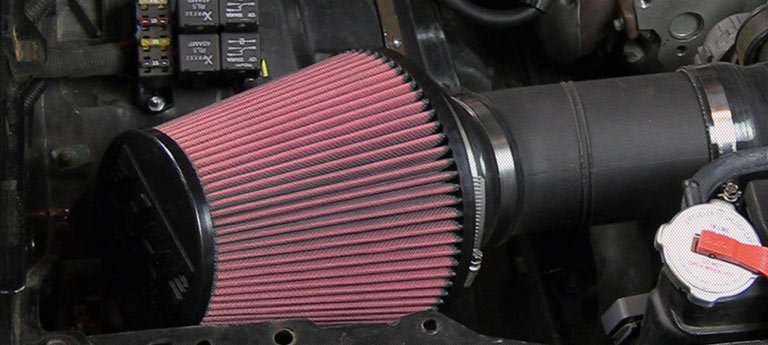
After knowing about the cold air intake pros and cons, you may wonder how much it takes for a cold air intake. When it comes to cold air intake replacements, there is a wide range of prices. You can expect to pay anywhere from $40 to $1,500 for the parts alone.
Of course, the price will also depend on the make and model of your car and the quality of the replacement parts. If you are looking for a high-quality cold air intake replacement, you can expect to pay closer to the $1,500 mark.
However, if you are looking for a functional cold air intake replacement, you can find something in the $40-$100 range. Ultimately, the choice of replacement will come down to your budget and personal preferences.
How Much Does a Cold Air Intake Installation Cost?

The cost of cold air intake installation will vary depending on the make and model of your car, as well as the specific cold air intake system you choose.
In general, labor costs will vary depending on the mechanic you visit. Still, you can expect to pay between $150 and $300 for a mechanic.
This price includes the cost of the basic components and the labor required to install them.
Although the initial investment is substantial, it is one of the most essential stages in the upgrade process.
By installing a cold air intake system, you can dramatically improve the performance of your car. So, although it may be costly upfront, it is worth it in the long run.
So Is a Cold Air Intake Worth It?
Based on the cold air intake pros and cons listed above, is a cold air intake worth buying? The answer to this question depends on several factors, including your driving habits, climate, and car’s make and model.
If you live in an area with heavy rain or snow or frequently drive in stop-and-go traffic, there may be better choices than a cold air intake. The increased airflow that a cold air intake provides can cause moisture to build up in your engine, leading to rust and other problems.
On the other hand, if you’re looking for a way to improve your car’s performance without spending a lot of money, a cold air intake could be a good option. A cold air intake can increase power and improve fuel efficiency by allowing your engine to breathe easier.
However, a cold air intake could be a good option to improve your car’s performance without significant modifications.
Just be sure to research and consult a professional to find the right one for your car.
Cold Air Intakes vs Stock Intakes – Which is Better For Your Car?

The debate between cold air and stock intakes has existed for many years. Car enthusiasts argue about the advantages and disadvantages of each type of intake. Still, there needs to be a clear consensus. So, which is better for your car?
To understand the difference between these two types of intakes, it is important to know how they work. A stock intake typically draws air inside the engine bay, filtering it and directing it into the cylinders.
On the other hand, a cold air intake pulls air from outside the engine bay, where it is cooler and denser. This cooler, denser air can make it easier for the engine to produce power.
There are several factors to consider when deciding which type of intake is right for your car. One is the climate in which you live.
If you live in an area with hot weather, a cold air intake may be a good choice, as the cooler air can help prevent the engine from overheating.
However, a stock intake may be a better option if you live in a cold climate, as the warmer air can help prevent the engine from stalling.
Another factor to consider is the driving you do. If you typically drive in stop-and-go traffic, a cold air intake may not make much difference, as the engine will likely get plenty of airflow even with the stock intake.
However, do a lot of highway driving. A cold air intake can help improve fuel economy by reducing the amount of work the engine has to do.
Finally, you need to consider the cost of each type of intake. Cold air intakes typically cost more than stock intakes, so you must decide whether the potential performance gains are worth the extra cost.
Overall, there is yet to be a clear answer about which type of intake is better for your car. It depends on factors such as climate, driving habits, and budget. So, it is important to consider all the cold air intake pros and cons before making a decision.
Tips For Maintaining Your Cold Air Intake System
Besides being aware of the cold air intake pros and cons, maintenance is also important. Maintaining your cold air intake system is essential to ensure that it continues to operate at peak performance. By following these simple tips, you can keep your cold air intake system operating at its best:
1. Check the filter regularly and replace it as needed. A clean filter will ensure that your engine gets the maximum airflow.
2. Avoid driving in dusty or dirty conditions whenever possible. Exposure to dirt and dust can clog up the air intake and reduce performance.
3. If you live in a cold climate, winterize your system by disconnecting and storing the intake pipe in a warm, dry location. This will prevent the pipe from freezing and cracking.
4. Inspect the intakes for cracks or leaks and repair them immediately. Leaks can allow dirt and dust to enter the engine, reducing performance.
5. Ensure the engine is properly tuned to prevent knock or hesitation. An improperly tuned engine can cause the air intake to work harder, reducing performance.
FAQs about Cold Air Intake Pros and Cons
Do cold air intakes really make a difference?
The answer to this question depends on your specific goals. A cold air intake may be a good option to improve your car’s gas mileage.
However, you are looking for substantial gains in horsepower. In that case, consider other options, such as upgrading the exhaust system or adding a turbocharger.
Is it easy to install a cold air intake?
The answer to this question depends on your level of mechanical expertise. The installation process should be relatively straightforward if you are comfortable working on your car.
However, you need to become more familiar with car maintenance. In that case, it is important to consult a professional before installing a cold air intake.
Are cold air intakes worth the money?
This question is difficult to answer, depending on your specific goals and budget.
Cold air intakes are a good investment to improve your car’s gas mileage or performance.
However, you are simply looking for a way to save money on gas. In that case, other options exist, such as installing a fuel-efficient engine or upgrading the tires.
Ultimately, whether or not to install a cold air intake depends on your specific needs and goals.
Is a heat shield required for cold air intake?
Yes. A heat shield is typically required for a cold air intake, as it helps to protect the air filter from engine heat.
Without a heat shield, the air filter would be subjected to high temperatures, potentially damaging it.
A heat shield is typically included with most cold air intake kits. However, if one is not included, it can be purchased separately for around $20-$30.
What are some common mistakes people make when installing a cold air intake?
Some common mistakes people make when installing a cold air intake include the following:
- Not following the instructions carefully.
- Not using the correct tools.
- Not double-checking the work.
It is important to take your time and be careful when working on your car to avoid making any mistakes.
Does a turbo need a cold air intake?
No. The only way to get the most out of your turbo engine is with an intake specially designed for it. The air a turbo compresses is hotter than normal, so it won’t make much difference.
Conclusion
For many drivers who want to improve their car’s performance without spending too much money on expensive upgrades, installing a cold air intake system can make sense. However, it is important to weigh all the cold air intake pros and cons before committing so that you make an informed decision that suits your needs best.
Additionally, if you decide to install one on your vehicle yourself or have someone else install it for you, ensure that it is done correctly to reap all its benefits while avoiding any potential issues down the line.
We hope this article has helped you understand the pros and cons of cold air intake. Cold air intake can be a great way to improve your car’s performance. Still, we recommend researching whether a cold air intake is the best option for your vehicle.

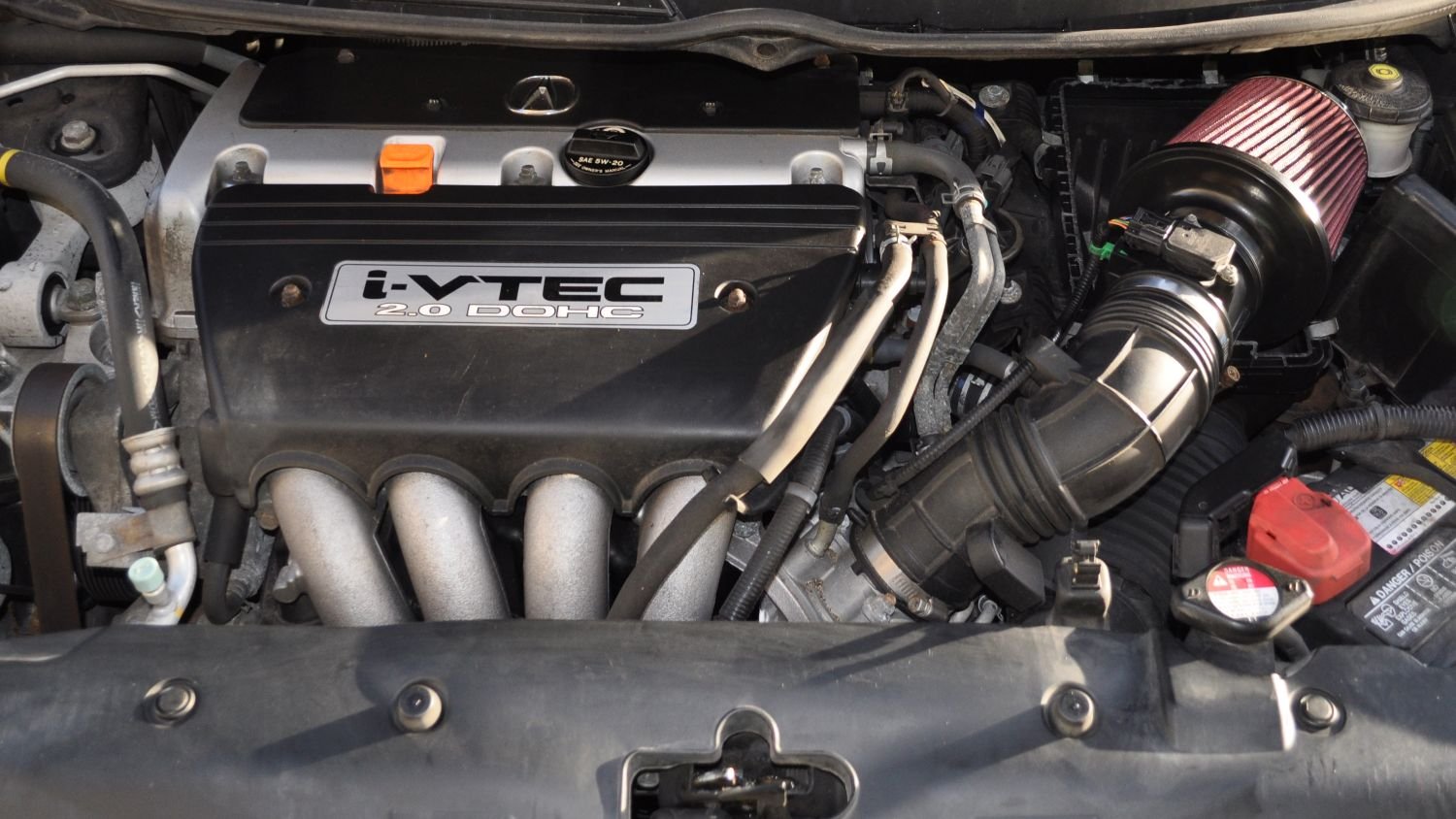

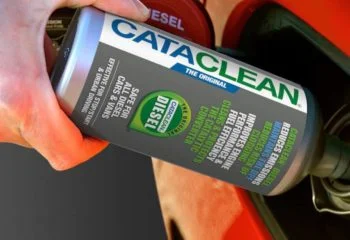
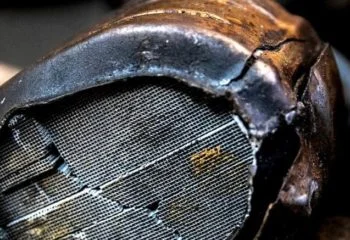
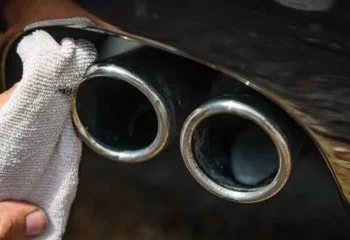
Hello! Thank you for providing an excellent comparison of cold air intakes. I’ve a question if you don’t mind. How much horsepower does a cold air intake add? Is it a significant increase or just a slight improvement? Thanks!
Thank you, Tom. The precise figures may vary based on the make and model of your car. However, a cold air intake generally adds around 5 to 20 horsepower (HP). Although this increase may seem small, it is significant enough to be noticeable and beneficial